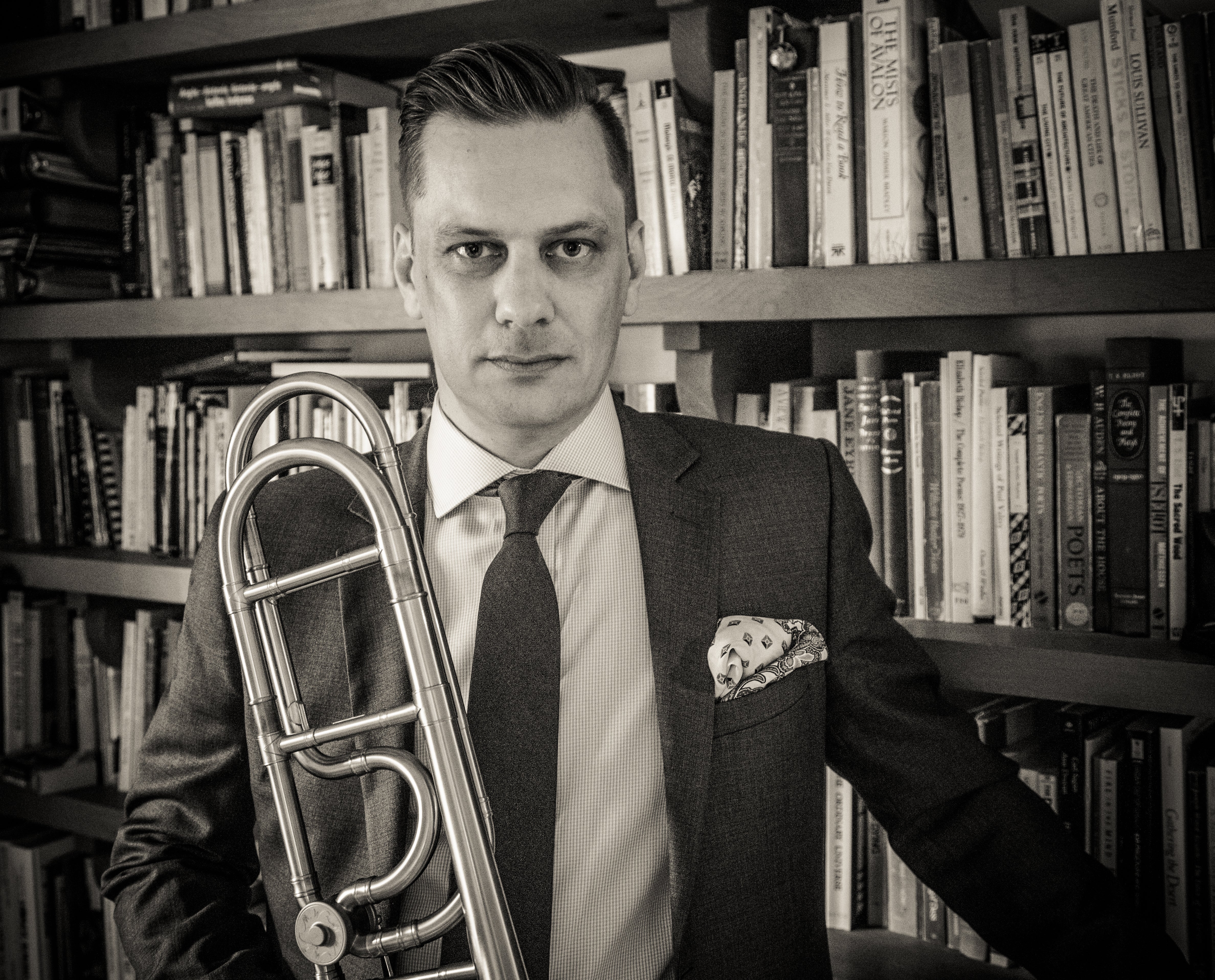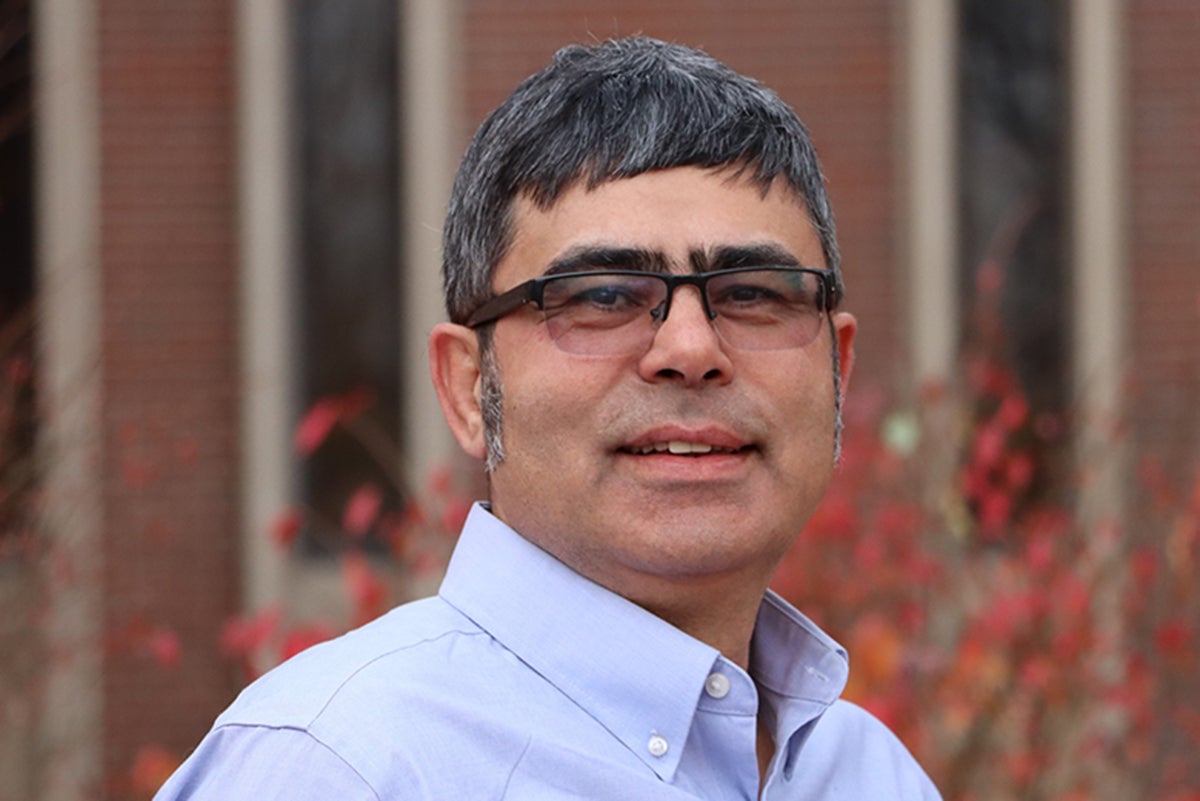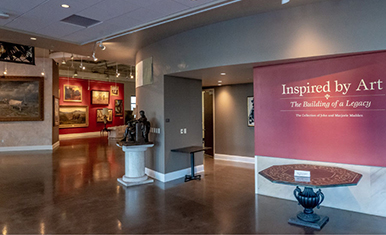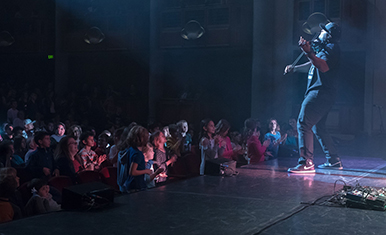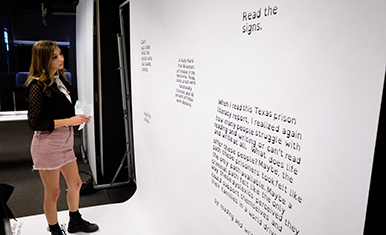CAHSS Professor on How Evolving Technology is Transforming Religions in a Digital World

Members of religious institutions across denominations around the world are increasingly turning to websites, apps, social media and AI for religious study, worship and practice. Assistant Professor of Hindu Studies, Critical Theory and Digital Religion Dheepa Sundaram researches and teaches on religious practices in digital spaces, diving deep into “digital meaning making and the making of digital religious publics, particularly in South-Asian contexts.” Her research also examines extremism in various digital platforms and interfaces and the formation of religious nationalist publics online.
According to Sandra Dixon, chair, Department of Religious Studies, College of Arts, Humanities & Social Sciences (CAHSS), Sundaram’s research, publications and teaching about digital technologies and religious practice are raising awareness about how religious practices adapt to and affect social, cultural, economic and political environments.
“Her writing alerts us to the intersection of religious and political factors, so that we pay attention when Jews and Palestinian Muslims connect on social media to contest and survive events in Israel and Gaza, sometimes within their own religious group and sometimes through interfaith communication. The public and the press need to recognize that religion does not sit apart while technology takes over the rest of the world. Religious practice through digital media is happening now and Professor Sundaram helps explore its global social and political impact.”
CAHSS News asked Sundaram to share her insights into how technology is reshaping the way we think about and access religion and spiritual practice, the pros and cons, the problem of religious disinformation and what the future might hold.
Tell us about your work and the classes you teach.
Most of my research work focuses on social media. I look at Facebook hate groups, for example, but also at how religions intersect with newer emerging technologies and virtual reality. Right now, I’m working on an AI project focused on digital labor and capitalism.
I teach an undergraduate/graduate course called “Surfing for Salvation” which is a take on one of the first articles that came out on digital religion in 2002 by Christopher Helland. I take a critical-theory approach, require students to build a website for assignments and create their own personal intellectual brand. The idea is to experience how narrative building and web design are not neutral. Religious digital spaces are a way of remaking that religious practice.
Some of my students have looked at online engagement with digital scriptures. One of my former students had an interesting project about how people were engaging in Instagram accounts that had spiritual components and were also anti-suicide, presenting scripture in friendly, welcoming, introspective ways for young people who felt marginalized from their religions.
How is technology remaking religion in digital spaces?
What we call digital religion — non-analog engagement with religion, spirituality, faith, cultural communities — starts around 1999 when, for example, in the Hindu context, you see the earliest ritual website where you can pay somebody in India to perform a ritual for you. Those kinds of websites along with online churches have been around a long time.
With the advent of Facebook in 2004 and Instagram in 2012 you started seeing more streaming and recording of religious services and a shift toward building community. Those digital engagements developed into a kind of robust hybrid engagement with spiritualities and cultural practices online and offline, digital spaces as an extension of what church means to people.
Which demographic groups are more or less likely to use technology to access religion?
We see the highest engagement across all religious digital platforms, interfaces, apps, videos and social media in the under-age-30 group. We also see high engagement in people over age 60 who really enjoy accessing social media coverage of religious events on platforms like Facebook. Facebook allows older folks to share long-form posts, pictures and videos and connect as part of a broader community, whereas younger people would often rather just watch a video on YouTube, maybe clip it and put it on TikTok and then scroll TikTok.
Churches, synagogues, temples and mosques understand — perhaps better than our own government — how different social media platforms appeal to different demographics. They also understand that a robust website that allows people to access information and interact easily can increase donations.
Which religious groups are more or less likely to engage technology for religious purposes?
It really depends on the country and the community. For example, diaspora communities of Indians in the United States often feel isolated from the homeland and are more likely to frequent in-person religious spaces for worship, whereas in India you see higher online engagement.
In the U.S. you see much more digital engagement in Christian spaces. But across religions there is always this tension between extending access and broadening congregation versus adherence to certain perceived traditional methods of establishing authority and authentic religious practice. For example, Hindus believe that unless a ritual is performed in a consecrated temple in the land of India, there is no karmic benefit or “result” from doing the ritual.
We similarly hear some people in Christian churches that congregation means you must be in a physical building together. And Islam makes this case that coming together online for prayers is not what the Quran intended. These tensions came to the fore during COVID.
Until social media and web searches no longer favor engagement over content as the main metric driving algorithmic information, we are trapped in a world in which misinformation and disinformation impact religions as well as everything else.
What are the biggest pros and cons of this trend?
The biggest pros are providing greater access and opportunities to rethink things like what constitutes sacred space and how we understand religious authenticity and authority. It also democratizes knowledge, which is a good thing.
As a con, extremist groups of all types — not just religious — are already using AI chat and text generators to create fake profiles of people who they deem to be enemies, putting out information that people take as true about people who they don’t like, including myself. Because of what I do, I have personally experienced this kind of hate.
Does technology make it easier to spread religious misinformation and disinformation online?
Yes. In digital spaces the mechanisms of power that control knowledge production are capital-based and determined by who has the most likes. If you have a million dollars and thousands and thousands of likes on the post, it tells the algorithm that every person who saw that wants more of that. If you have a large digital platform and are sharing what you see as tenets of a particular religious tradition, people may take that as trusted information if they trust the group they learned it in and the person who shared it.
Social networks are built on trust. It is not unusual to trust a person who you know and like on a social media platform over a person who has studied that tradition, a researched book on that tradition or an authorized figure like a priest, pastor or rabbi. To this point, folks are more likely to believe something someone in their local church website group posts without checking the authenticity, and that’s how misinformation and disinformation spread online. Until social media and web searches no longer favor engagement over content as the main metric driving algorithmic information, we are trapped in a world in which misinformation and disinformation impact religions as well as everything else.
What is most exciting and most worrisome for you personally about how technology is transforming religions?
I’m excited that technology is providing new ways for people to learn about, practice and connect with their religions, but terrified about the impact of AI-generated sacred texts. I fear we will see sacred texts end up in an information marketplace where one version may be different than another, which is completely normal. However, we may eventually lose our ability to determine the authenticity and authority of sacred texts through traditional research methods. Religious textual authority will likely be determined by market dynamics such as engagement, downloads and popularity. This is already happening.
As a person who also reads traditional sacred texts in primary languages, I fear we may end up in a situation where a bad actor can just put out anything, resulting in people mistaking problematic views for what is in the text. Eventually nobody will be able to verify what physical manuscripts of sacred texts actually say. Without the practice of reading and engaging with manuscripts and sacred texts in their original languages, we can’t engage in the kind of research that we value as scholars. This will shape how lived traditions and canons are articulated and understood in the digital age in ways for which we are, perhaps, not yet prepared.

